
当城市因疫情变得空旷,世界各地建筑师都在思考自己在这非常时期所扮演的角色。由于新型冠状病毒的持续爆发导致医院接收病人隔离已不胜负荷;为了面对遏制病毒的挑战,WTA设计工作室(WTA Architecture + Design Studio)的首席建筑师黄清泉(William Ti)与社区成员一起合作发动了紧急隔离设施(EQF)的建设。为了建造该设施,作为倡导者,黄清泉(William Ti)收到了WTA最近在建筑与设计的庆祝节庆(Anthology Architecture and Design Festival)开发的展馆的启发,一个“可扩展性,有简洁性”的装置。
As cities grew empty and hospitals reached full capacity, architects around the world pondered on their role in the fight against Covid-19. Confronted by the challenge of containment, Principal Architect of WTA Architecture and Design Studio William Ti collaborated with members of the community to quickly mobilize the construction of Emergency Quarantine Facilities (EQF). Ti, who spearheaded the EQF initiative, drew inspiration and knowledge from WTA’s pavilion at the most recent Anthology Architecture and Design Festival.
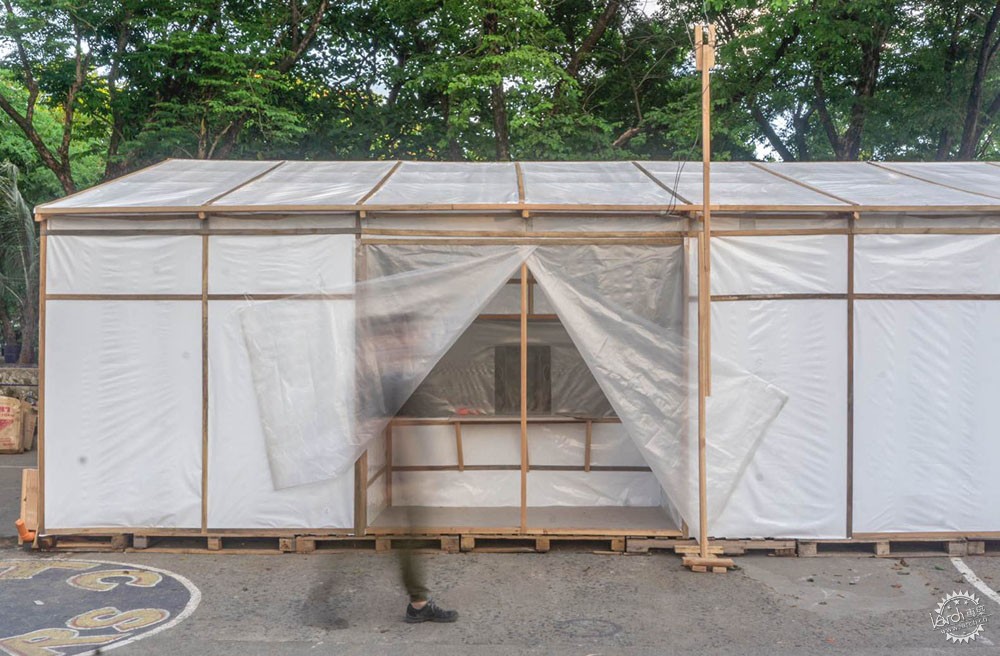

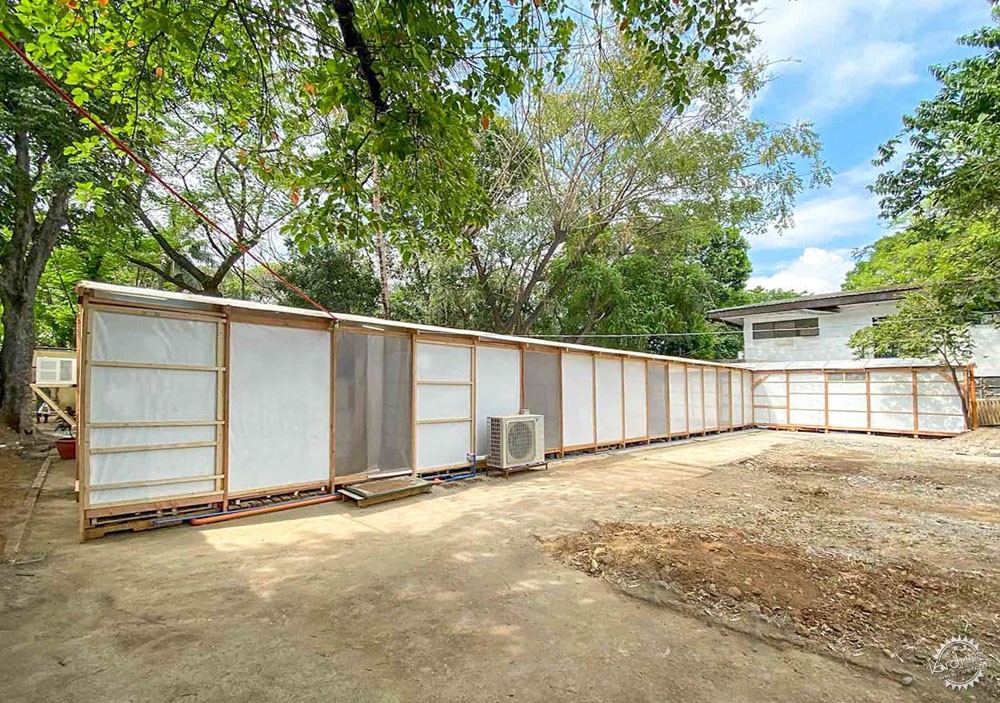
WTA展馆是由木材建造,并由塑料包裹,经过改造,将其改为6m x 26m的直线型设施。该装置配有16张床、2间厕所、2间淋浴间,以及穿脱防护装备的空间。EQF在结构上正如前任一样,优先考虑速度、可扩展性和简易性。实现此概念的动机来自于希望足够完善设施的建筑来应对病毒的快速传播,并同时把曲线拉平。这些紧急隔离设施会在建设后的隔天,甚至有些会在完工当天使用。
Built with wood and enveloped in plastic, the WTA pavilion was rapidly redesigned and repurposed into a 6m x 26m rectilinear facility equipped with 16 beds, two toilets, two showers, and designated donning and doffing areas. Like its predecessor, the EQF prioritizes speed, scalability and simplicity in its structure. The motivation to actualize the idea comes from the fact that these facilities can control the rapid spread of the virus and flatten the curve in the process. These facilities are used the next day sometimes even the same day they are finished.
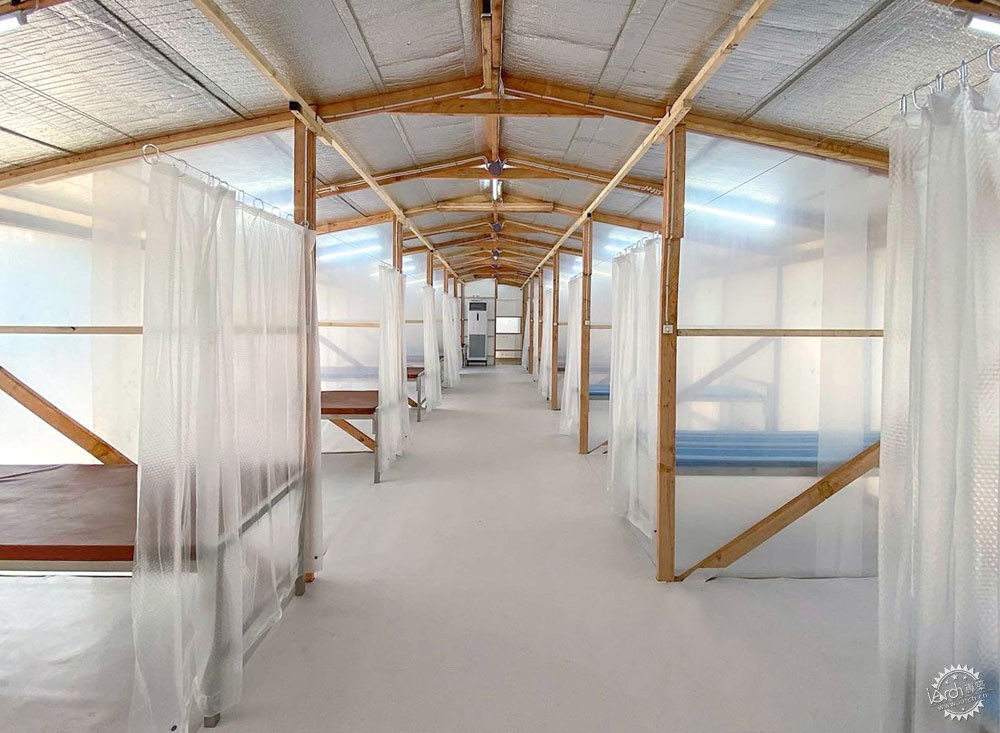
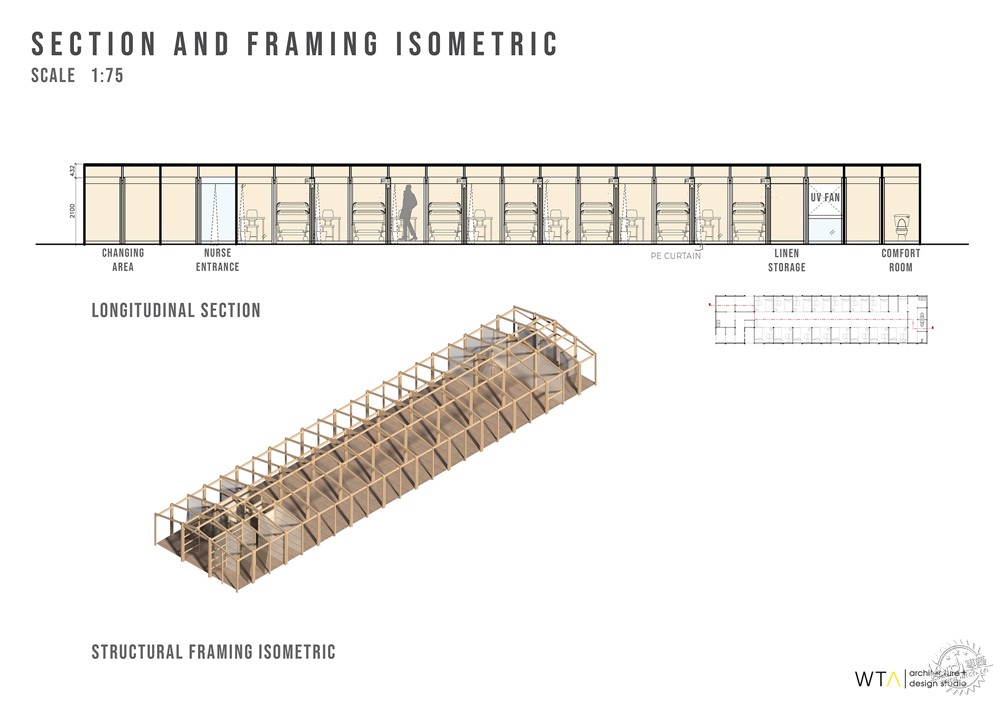
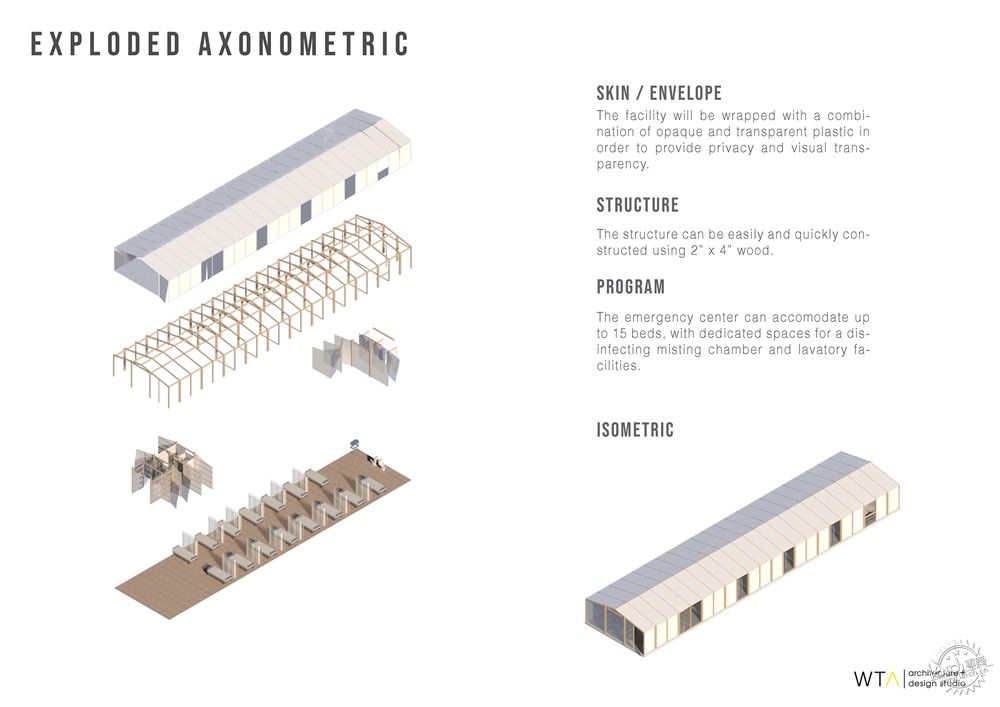
紧急隔离设施(EQF)是用来照料症状轻微和无症状患者的临时建筑,并同时以最大限度来辅助医院的不足。为了避免交叉感染的可能,患者和医护人员都有指定的出入口。除此之外,气流从前至后的顺风而下,以防止再循环。该设计可以按照需求做随意的变动,也可以聚集成模块,以便容纳更多的病人。
The EQF, a brainchild born out of ideas of ephemerality and impermanence, is a temporary structure meant to augment hospitals’ capacity by housing mild and asymptomatic COVID-positive patients. Strategically planned to limit cross-contamination, patients and healthcare workers have designated entries and airflow is directed downwind from front to rear to prevent recirculation. The facility can be lengthened or shortened depending on need, and can likewise be aggregated in modules to accommodate many more patients.
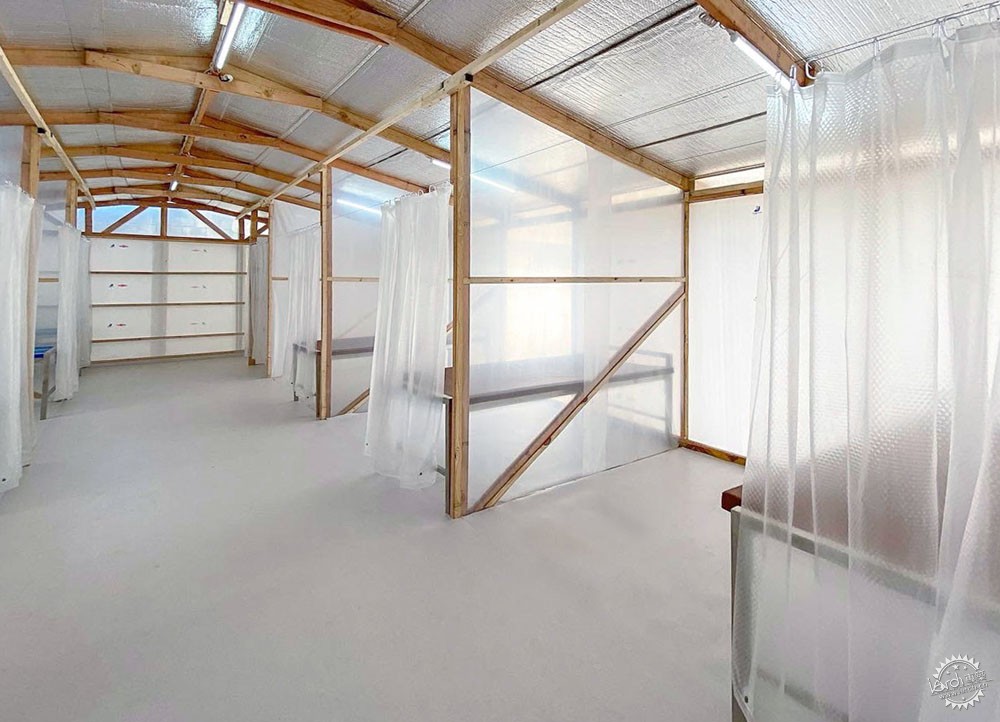
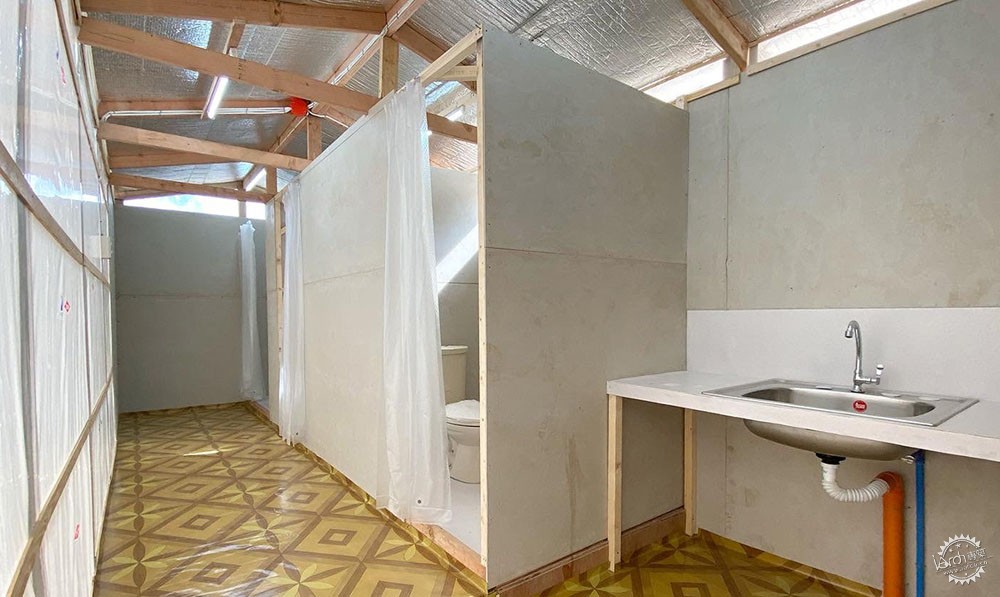
EQF采纳易于使用、灵活和容易取得的材料构建,是座易于复制和扩展的设施。为了响应对设施的迫切和迅速增长的需求,简化了物流和施工方式以加快建设过程。首座紧急隔离设施在马尼拉海军医院 (Manila Naval Hospital) 建成,并在5天内完成;从那之后并发展到60座紧急隔离设施(EQF)和1000个床位,22座已完成,26座正在建设中。在一场与时间的竞赛中,本着可以在60座EQF容纳1000张床的目标,将于3月29日至4月20日建成。黄清泉 (William Ti)相信民主主义的设计,并开放了EQF的设计图纸,希望各个社区如有需要能够摸拟该项目的构想,拥有同样的建筑和快速的流动性。
Built with easy to use, flexible and readily-available materials, the EQF is easily replicable and scalable. To respond to the urgent and burgeoning need for facilities, logistics and construction are simplified to hasten the build process. The design’s first iteration in the Manila Naval Hospital was built in 5 days and has since grown into a network of 60 EQFs and 1000 beds, with 22 completed and 26 in construction. In a race where speed is of the essence, the 60 EQFs targeting to house a total of over 1000 beds, are to be built from the 29th of March until the 20th of April. Ti believes in democracy in design and has provided an open source link for the EQFs drawings in the hopes that communities take up the same agency and quick mobility that has been displayed since the conception of this project.


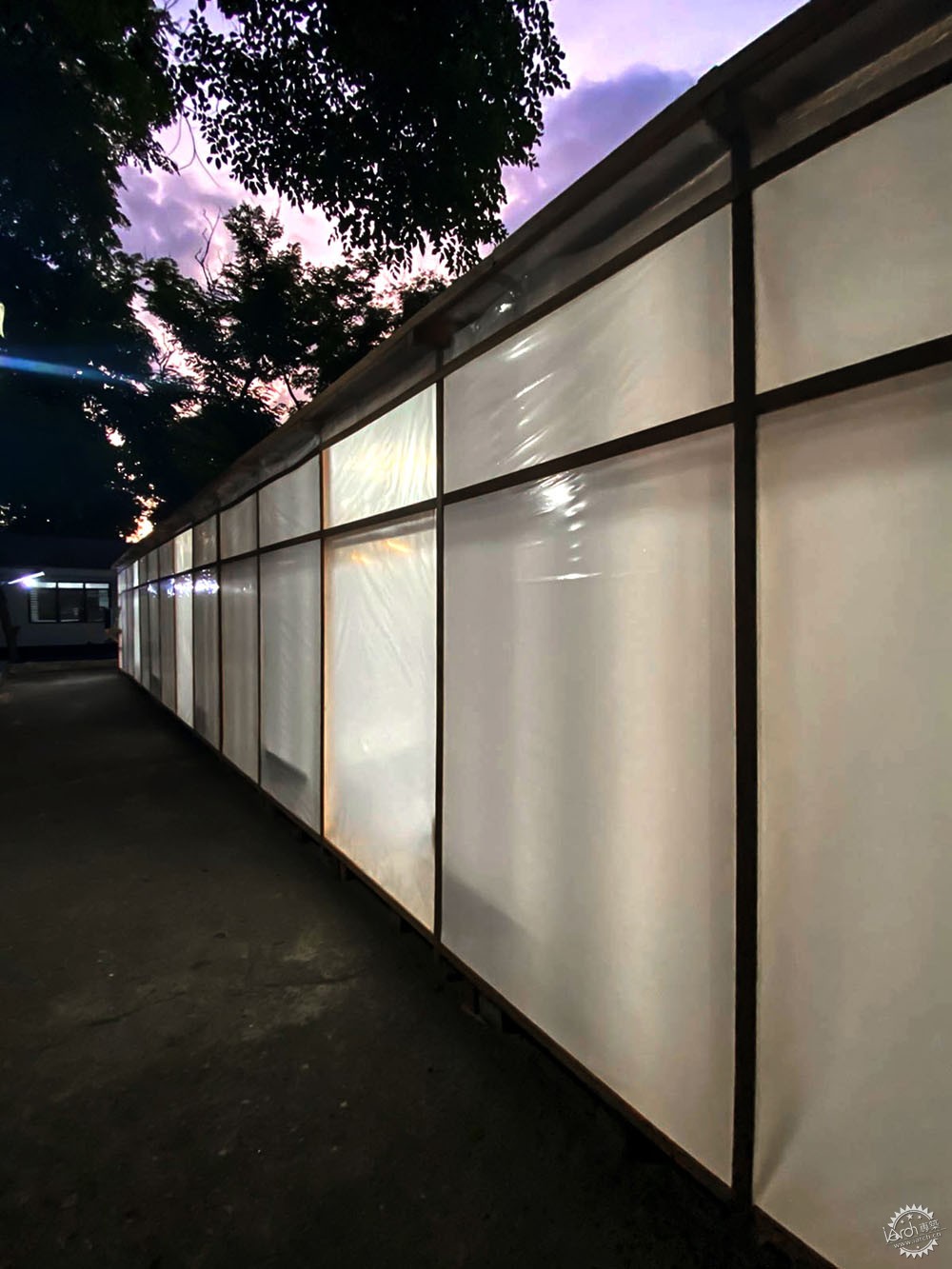

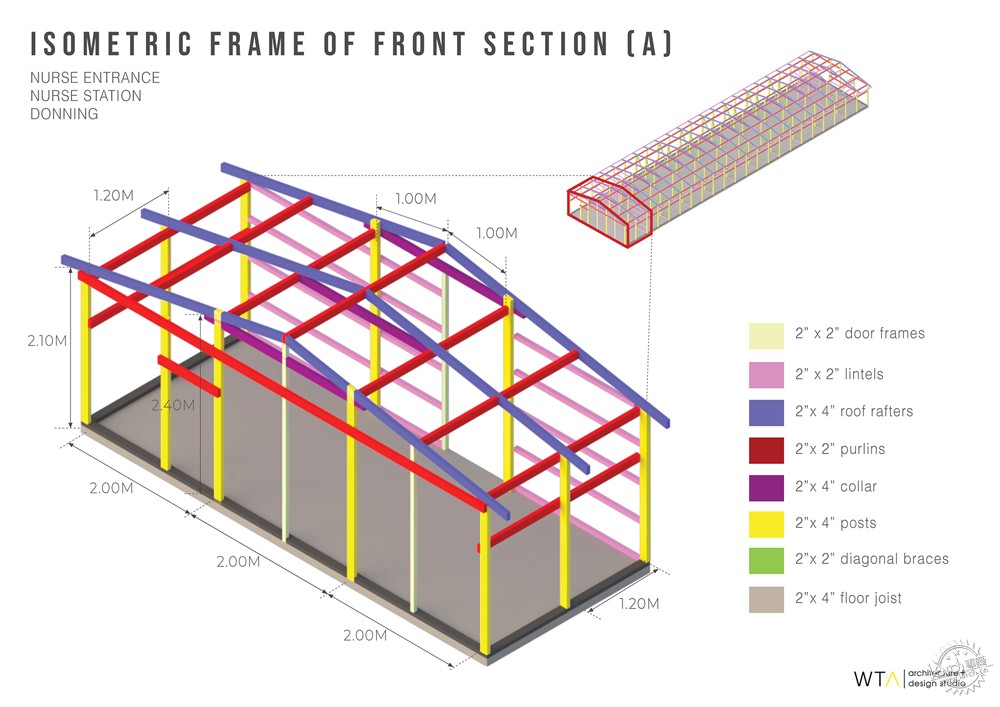
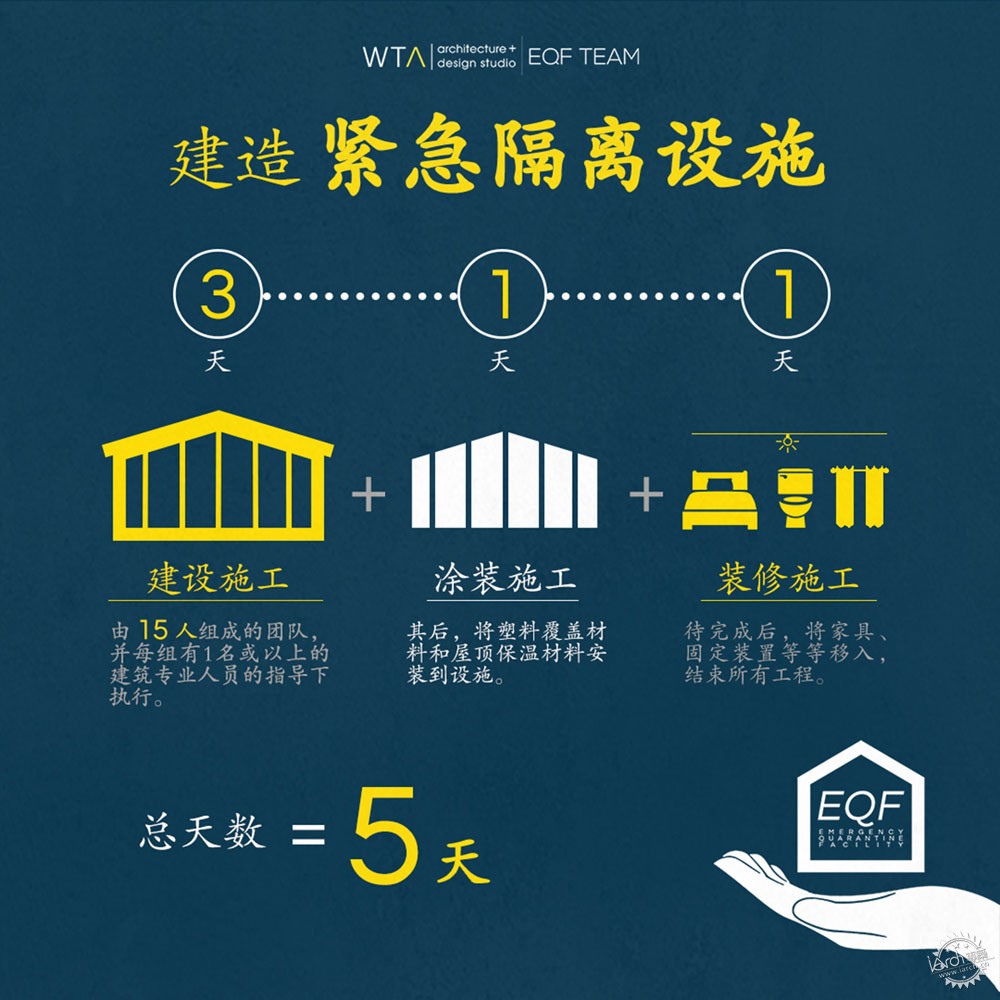
“社会建筑”是WTA的设计核心,是以社会为目标,将人群带到一个温馨及祥和的社会发展。EQF抓住了敝公司在程序化解构主义中的重点。它不仅建立了一个社区,同时寻找如何让建筑环境更加宜居的方法。紧急隔离设施的建设处于医院的停车场和篮球场,通过机动性地将设施建在可迅速联系医院的区域,在建筑中倡导社会亲密性和社会规模。EQF在美学和材料上都是轻量级的,为社区服务,体现了完全开放和非限制性的建筑物。
At the heart of WTA’s work is a commitment to Social Architecture and the EQF captures the firm’s focus in programmatic deconstructivism. It builds communities and finds ways to make our built environment more livable. The EQFs are built on hospital parking lots and basketball courts, advocating social intimacy and social scale in architecture by strategically inserting the facility in accessible areas. Lightweight both in aesthetics and materiality, the EQF serves the community and embodies architecture that is completely open and nonrestrictive.
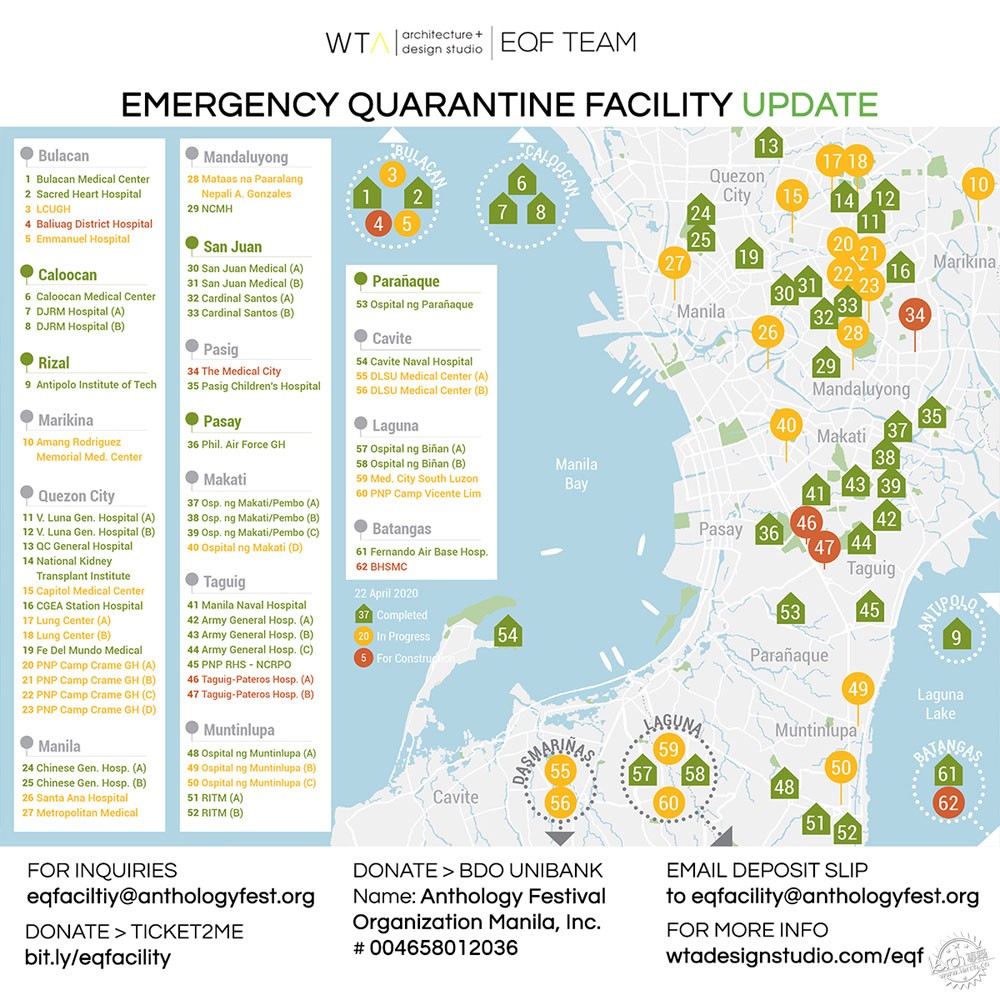

此项目是社区为共同目标做出贡献的典范;一个能通过努力并对社会的奉献而获得成功的灯塔。WTA邀请您通过访问https://www.wtadesignstudio.com/eqf,一起为各地区点燃心中希望的曙光。随着EQF设计图纸的公开,任何社区能复制该项目的施工图,并做出快速的响应。
This project is an exemplar of a community that contributes to a common cause; it is a beacon of what can be achieved with agency and a dedication to our society. There is always a certain beauty in finding light in the middle of the darkness. Join us as we illuminate hope in communities by visiting https://www.wtadesignstudio.com/eqf.
主持建筑师:黄清泉(William Ti, Jr.)
作品位置:菲律宾 (不同区域),菲律宾的马尼拉市、奎松市、马卡蒂市、帕赛市、帕西市、仙范市、曼达鲁永市、塔吉市、文珍俞巴市、帕拉纳克市、马利仅那市、加洛坎市、黎刹省、布拉干省、甲米地省、拉古娜省、和八打雁省(总共有62座紧急隔离设施,座落在不同区域。)
业主:此项目是以社会基层为起点,辅助医院一起抵抗新冠肺炎所设计的紧急隔离设施,所以每座设施是由社会各义务捐赠者免费提供。
主要用途:EQF是用来照料轻微症状和无症状患者的临时建筑,并同时以最大限度来辅助医院的不足。
设计团队:Arianna Rodriguez, Justin Rencer Wee Eng, Isabel Padua, Wilford Julio, Alyana Acacio
承包商/合作方:WTA Architecture + Design Studio 与菲律宾武装部队(Armed Forces of the Philippines)、马尼拉建筑协会(United Architects of the Philippines Manila)、Romel Laquian和Omeng合作
基地面积:156 m2
建筑面积:156 m2
总楼地板面积:156 m2
造价 428,411.00 菲币(约60,190.00人民币)
设计日期:2020 年 2 月 至 2020 年 2 月
工程日期:2020 年 4 月 至 2020 年 4 月
(1座隔离设施能在5天内完成, 目前43座已建成, 19座正在建设。)
建筑材料
1. 外墙
- 聚乙烯薄膜:用于覆蓋设施的外部
- 木材:主要结构材料
- 保温隔热材料:用于屋顶
2.开口
- 聚乙烯薄膜:用于开口
- 木材:主要结构材料
3.室内
- 聚乙烯薄膜:用做间隔墙
- 木材:主要结构材料
- 保温隔热材料:用于屋顶,来应对菲律宾的热带气候
- 木托板:用于地面,来应对菲律宾的热带气候,使建筑物远离热地面。
摄影拥有者:WTA Architecture + Design Studio
来源:本文由WTA设计工作室提供稿件,所有著作权归属WTA设计工作室所有。
|
|
专于设计,筑就未来
无论您身在何方;无论您作品规模大小;无论您是否已在设计等相关领域小有名气;无论您是否已成功求学、步入职业设计师队伍;只要你有想法、有创意、有能力,专筑网都愿为您提供一个展示自己的舞台
投稿邮箱:submit@iarch.cn 如何向专筑投稿?
